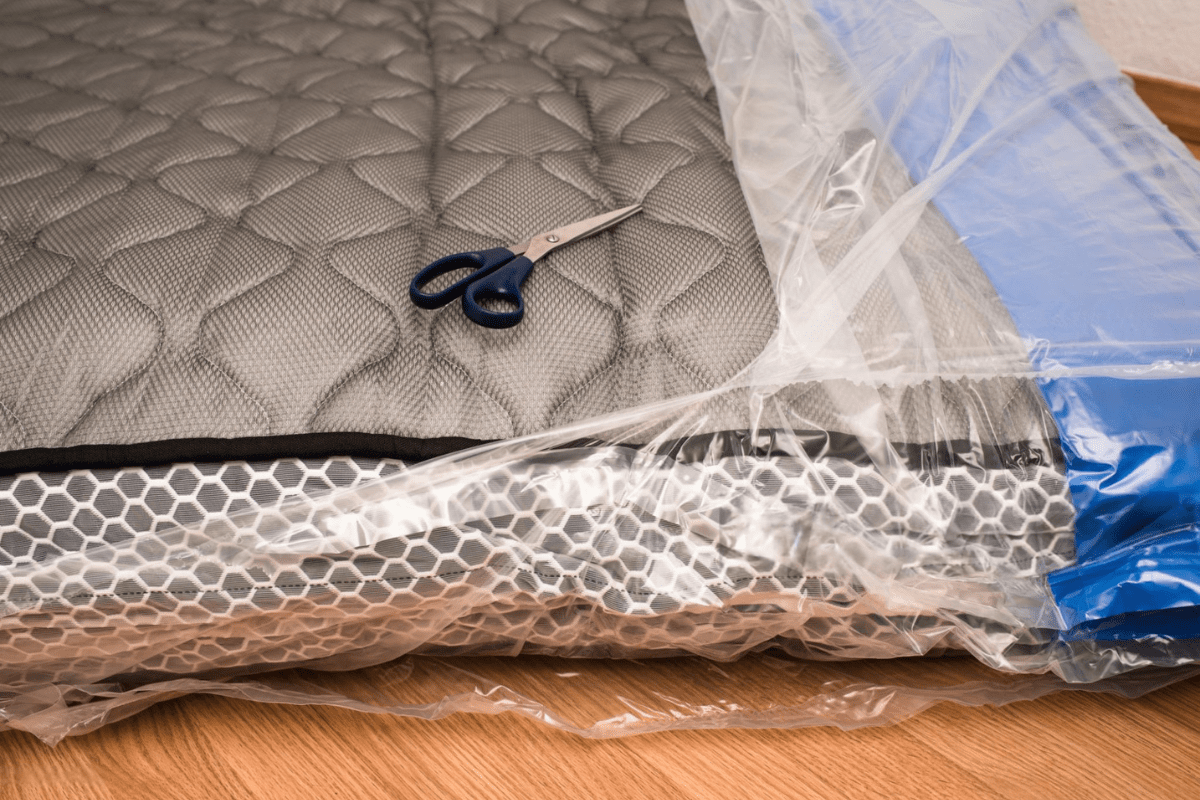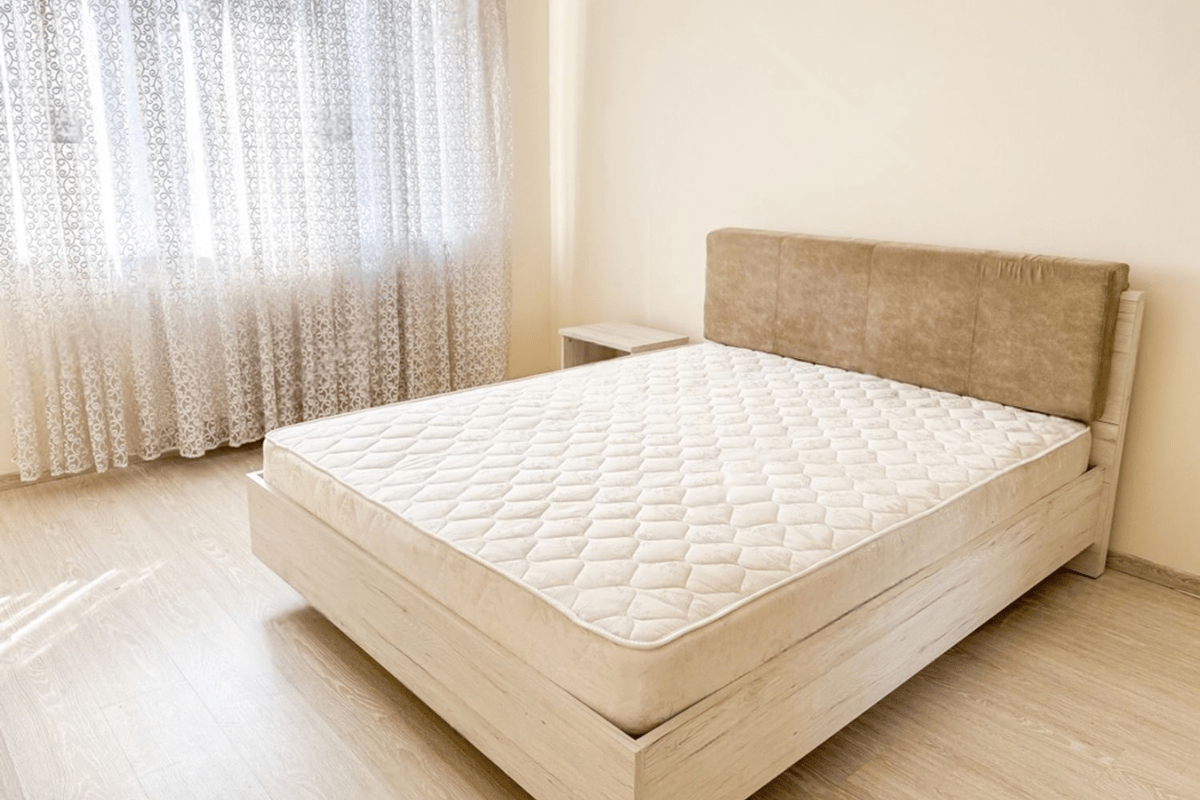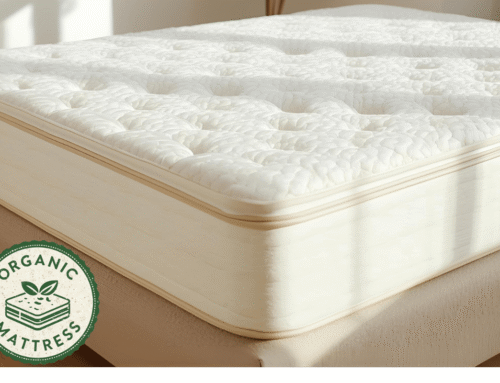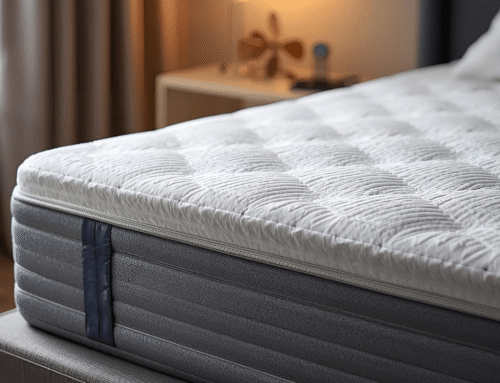Unboxing a mattress feels like opening a long-awaited package. However, seeing it compressed and wrinkled can catch some people off guard. Most memory foam beds come tightly packed, so they look deflated at first. This means they need time to settle into their full shape.
The time it takes to expand varies. Most mattresses need a few hours to a full day to fully puff up. Some require more time, especially in cooler rooms or if the mattress has extra layers. Letting it sit on a flat surface with good airflow helps it expand more evenly.
Before we discuss the expansion process, it’s helpful to understand what a memory foam mattress is, what a gel memory foam mattress includes, the best thickness for comfort and support, and the typical price range for these mattresses.
In this guide, you’ll learn how long a memory foam mattress usually takes to expand, what factors affect the speed, and which steps make setup smoother. The tips also cover how to reduce trapped odors or uneven support, so the bed feels more comfortable sooner.
Key Takeaways
- Memory foam beds come rolled up and take 24 to 72 hours to completely rise.
- Temperature in the room matters greatly. A cozy, well-ventilated rooms enable foam to rise more quickly and uniformly over the surface.
- Minimal pressure and open airflow decrease odors and promote complete expansion, so don’t place bedding until the mattress breathes.
- Too early sleeping on it will create dents or uneven support, so wait at least 48 hours unless otherwise instructed by your mattress company.
- If it’s still not completely expanded after 3 days, massage the foam and look for cold temperatures. Contact customer service if problems persist after a week.

What Happens After You Unbox A Memory Foam Mattress?
A memory foam mattress arrives tightly rolled and sealed in plastic. That compression helps fit the mattress into a compact box for shipping. As soon as the plastic is removed, the foam starts drawing in air and begins to expand. Within the first few hours, most mattresses puff up to about 80% or more of their full size. While the bed may look ready, it needs another one to three days to fully rise and settle into its intended shape and comfort level. The feel continues to change slightly as the foam decompresses.
Room conditions influence how quickly that process moves. A warmer space with decent airflow helps the foam recover faster. Cold or humid rooms tend to slow the expansion, especially in areas where ventilation is limited. It is also important to know proper techniques for compressing, storing, and moving a memory foam mattress to maintain its integrity during handling.
Why Does Expansion Time Matter?
Expansion time really does affect how a memory foam mattress feels. Foam needs time to fully rise and settle into its intended structure. Sleeping on a memory foam mattress before 48 hours means the foam may not have fully expanded, causing discomfort and uneven support. Foam that’s compressed too early may develop dents or lose its support sooner than expected. Over time, this changes the feel of the entire mattress, and not in a good way. Some areas might sag while others stay firm, throwing off the balance.
People often rush the process, thinking a few hours is enough, but most mattresses need at least 24 to 72 hours to fully expand. Brands may promise fast setup, but the materials still need time to settle. Skipping that step might save time at first, but it costs comfort later.
How To Speed Up Memory Foam Mattress Setup
Making a memory foam mattress firmer and cooler are common concerns during setup, and understanding these can help improve comfort as the mattress expands.
- Warmer rooms help foam expand more quickly, so it’s helpful to set up the mattress in a space that’s at least 68°F. Cold temperatures tend to slow things down and leave the mattress feeling dense.
- Light pressure like walking or gently rolling over the surface encourages the foam to settle and release trapped air. This approach feels odd at first, yet many notice it helps the mattress reach full shape sooner.
- Keeping windows open improves airflow, which helps reduce off-gassing smells and speeds up expansion. Some prefer to place the mattress near a circulating fan for better ventilation.
- A nearby heater, never pointed directly at the mattress, can help soften stiff foam faster. Those living in cooler areas find this trick especially useful during colder months.
- Adding bedding too soon may trap moisture or delay full expansion, so it’s better to give the foam time to breathe. Skipping this step can lead to uneven firmness in spots.

Average Expansion Times By Mattress Type
Twin and Twin XL mattresses usually expand within 24 to 48 hours. That’s typically enough time for the foam to settle and feel close to how it should during regular use. Some people report the corners or edges take longer, but overall the feel evens out by the second day.
Full and Queen mattresses need closer to 48 to 72 hours. More surface area means more foam layers adjusting to room temperature and air exposure. Those who’ve unboxed one say the center firms up faster, while the sides and edges lag behind slightly.
King and Cal King sizes can stretch beyond 72 hours before feeling fully supportive. It’s not unusual for these larger models to feel softer or uneven at first, especially in rooms with cooler air. Brands may advertise shorter expansion times, though based on experience, long-term comfort settles in better after a few days.
Signs Your Mattress Is Fully Expanded
When a mattress is fully expanded, it typically reaches the height listed in the product description. The corners should appear rounded and not squished. If the mattress still looks uneven after a few days, it might still be decompressing or could have a problem.
Most people find that the surface feels firm and stable once the materials have settled. You shouldn’t notice any dips, soft spots, or raised edges. It should feel uniform throughout, without any strange textures or uneven pressure. The smell that comes when you unbox it, often described as chemical or rubbery, should disappear within a day or two. A faint scent might stick around, but if there’s anything strong after 72 hours, that could be a warning sign.
All these indicators usually mean the mattress is fully expanded and ready for you to sleep on.

What About The New Mattress Smell?
That odd smell right after unboxing a new memory foam mattress comes from off-gassing. It’s tied to the manufacturing process, where certain chemical compounds release a noticeable odor once unpacked. Most people notice it within the first hour, especially in smaller or closed spaces.
For faster results, some let the mattress sit in a room with open windows and a fan running to keep air moving and memory foam mattress dry to help speed up the airing process. Bedding is usually left off during this time so the surface stays exposed. Many say the smell fades within 24 to 48 hours, though some brands take a bit longer.
If that scent lingers past three days, some wonder about the quality of the materials used. A lingering odor doesn’t always mean it’s unsafe, but it may be worth checking with the company. Others prefer beds that meet CertiPUR-US standards since those tend to have milder smells and clear guidelines for chemical use.
Can I Sleep On My Memory Foam Bed Right Away?
Most memory foam beds need time to expand and settle completely. Even if the mattress looks flat and ready, the internal layers may still be adjusting. This is especially true for beds shipped compressed in a box, as they have been tightly packed for a while. Some people have tried sleeping on theirs after just a few hours and found the bed felt too soft or uneven. It can also trap heat more easily during this early phase, which might affect sleep quality. The final feel usually settles in after 24 to 72 hours, depending on the room temperature and materials used.
Some brands allow early use, but unless that’s clearly stated, it’s safer to wait. Sleeping on it too soon might disrupt the support and cause pressure points to feel sore. Waiting a day or two gives the mattress a chance to form properly so the layers respond as they should.
Can I Use A Mattress Topper During Expansion?
Using a mattress topper right away might slow down the expansion process. The extra weight can press down on the foam, which needs space and time to fully regain its shape after unpacking. Patience helps the mattress reach its intended comfort and support.
Memory foam mattresses usually take a few hours to a couple of days to fully expand, depending on thickness and brand. During this time, the mattress should be left undisturbed and free from added pressure. Adding a topper too soon could interfere with this crucial phase. Once the mattress has fully expanded and feels firm and even, a topper can be added to enhance softness or support. At that point, the mattress will have settled enough to handle the extra layer without affecting its performance or lifespan.

What If It’s Been 3 Days And It’s Still Not Fully Expanded?
Sometimes an expanding memory foam mattress takes longer than expected to fully decompress. This can happen if it stays rolled up for an extended period or if the foam is particularly dense. Gently pressing or massaging the compressed spots can help encourage the foam to relax.
Placing the mattress in a warmer environment also tends to speed up the expansion process. Cooler temperatures slow down the foam’s ability to bounce back, so warmth can make a difference. Patience is key during these first few days.
If you notice dips or uneven areas, knowing how to fix dip in memory foam mattress is helpful as you wait for full expansion. If the mattress remains noticeably compressed after about a week, reaching out to customer service is a good next step. Many companies will offer a replacement if there’s a genuine manufacturing issue. In most cases, though, time and temperature do the heavy lifting for expansion.
Final Thoughts
Memory foam mattresses usually appear ready to use within a few hours, yet they usually need up to 72 hours to fully expand. Allowing the mattress this time helps ensure it reaches its intended shape and firmness. This careful approach supports both comfort and durability over time.
Placing the mattress in a warm, well-ventilated area encourages proper airing out, which also helps reduce any initial odor. Avoiding sleep on the mattress during this period prevents uneven wear and lets the foam settle evenly.
Taking good care of your memory foam mattress helps extend its lifespan and maintain comfort and support. Knowing the typical lifespan, the recommended frequency for replacement and rotation, effective cleaning methods for stains and urine, and proper disposal techniques ensures your mattress stays fresh and functional over time.







